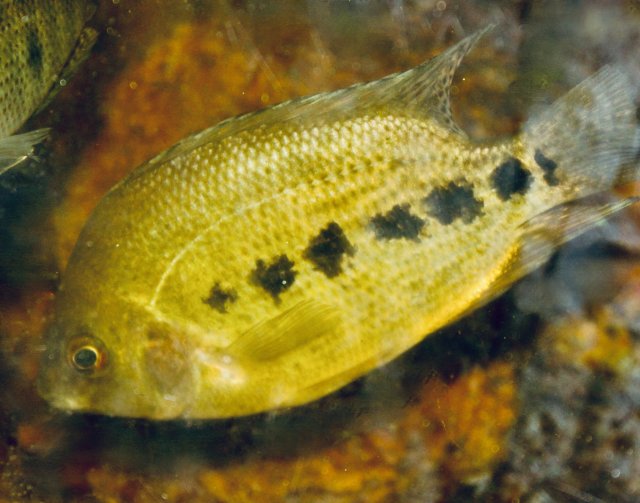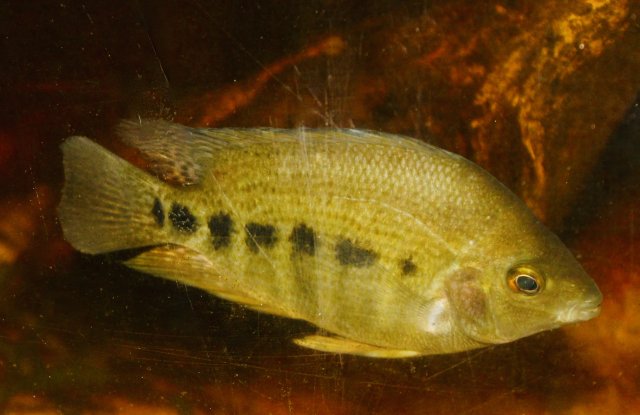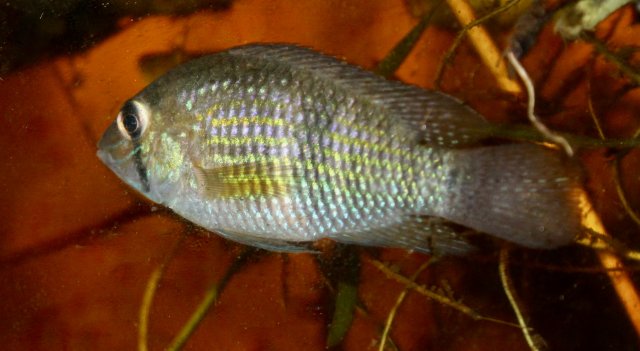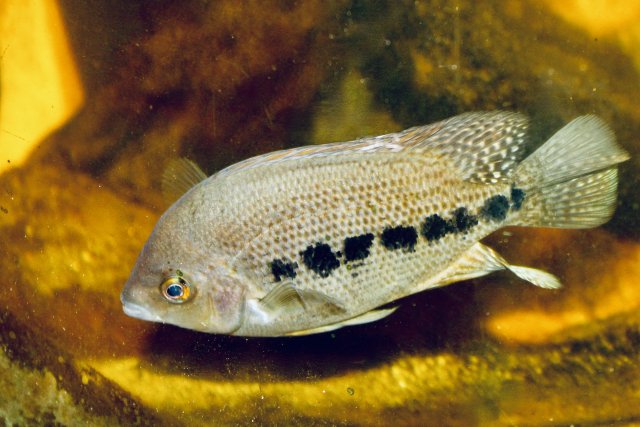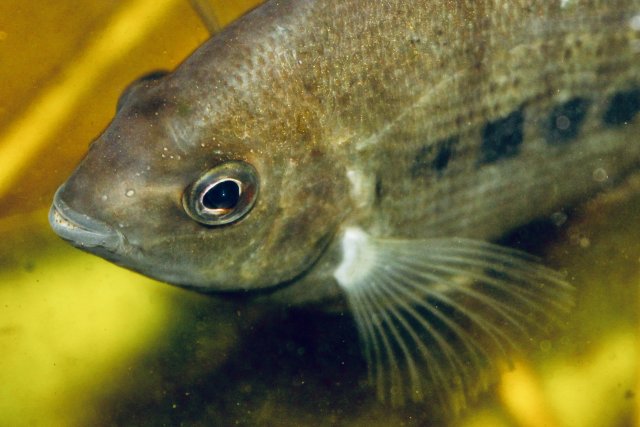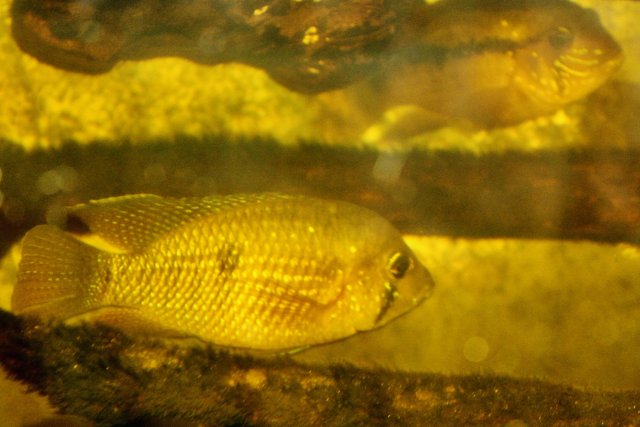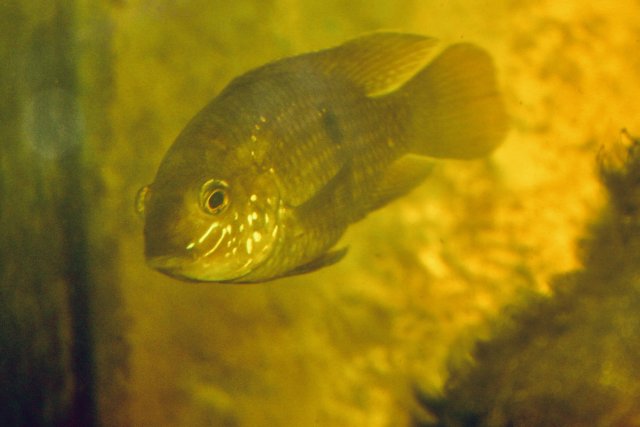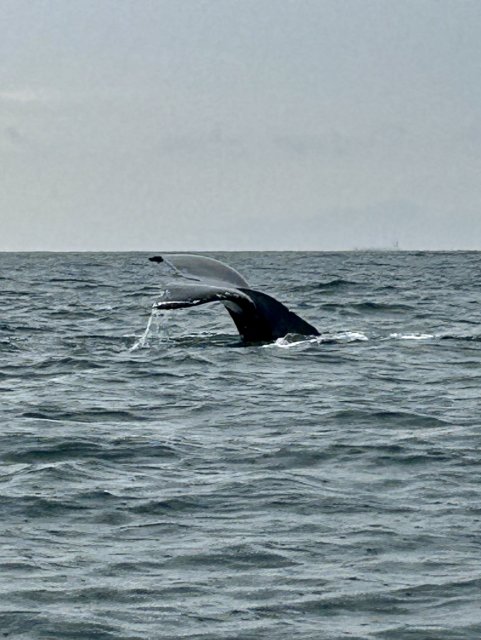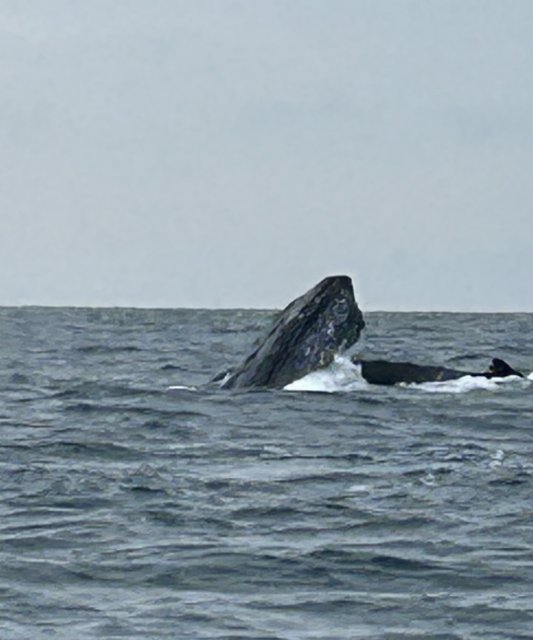Agree with esox. An exercise in futility. Can one make certain fish work under certain conditions? Of course, but when doing these little behavioural/territorial experiments there is never going to be any guarantees or concrete takeaways beyond this worked for me, for this long. Next persons tank with same species could go sideways on day 1.
Intentional Overcrowding
- Thread starter duanes
- Start date
You are using an out of date browser. It may not display this or other websites correctly.
You should upgrade or use an alternative browser.
You should upgrade or use an alternative browser.
Just for reference
these two species, have been conhined together since July 2023, (in the 180 gal) where they were caught together in the Mamoni river. (later also caught together in the Cabre Bre, and Pacora rivers)
One other species (Darienheros calobrensus) was also caught in the same river, but prefers a more reophillic and different habitat.
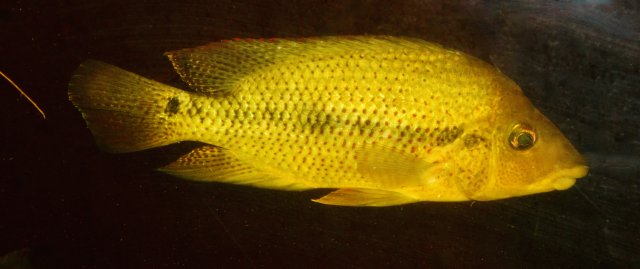
Darienheros above.
Non-cichlids caught in the same rivers include
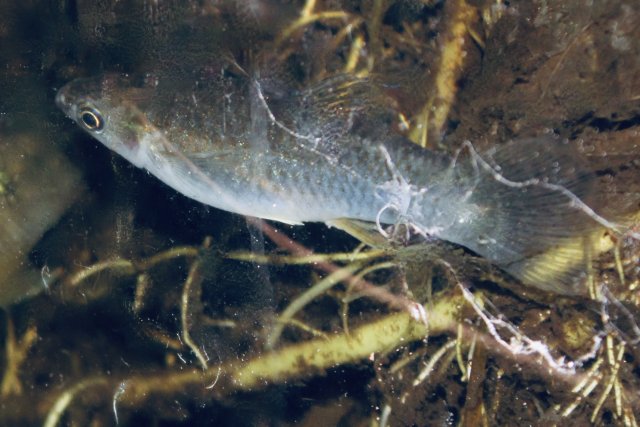

Mollies and Gar Characins above.
Toothless and toothed Characins below (the most densly species of all fish in the rivers)
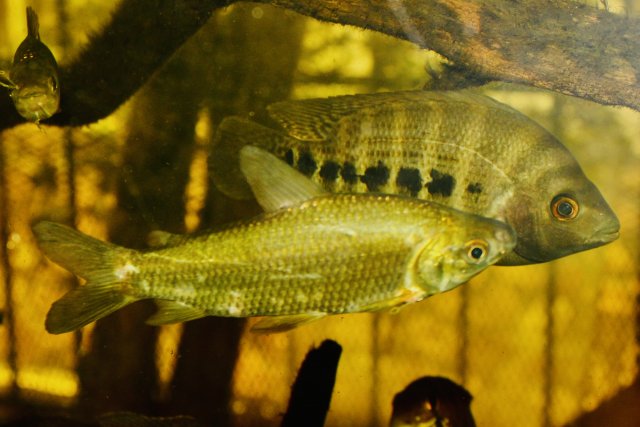
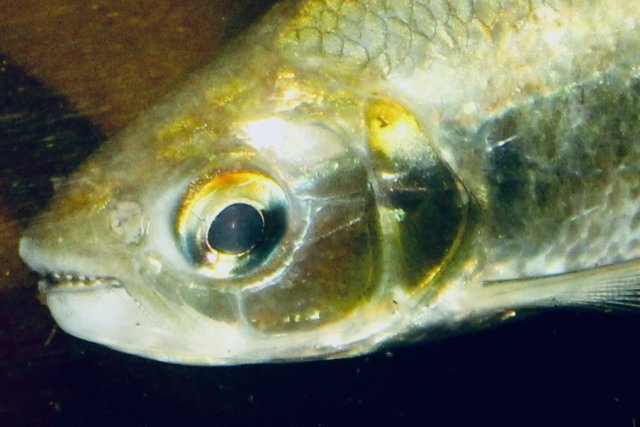
And Chaetostoma Plecos below
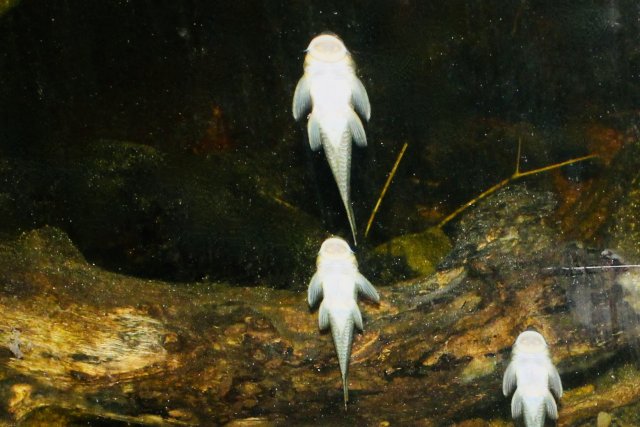
And at least two species of gobies below
Awaous and Gobiomorus
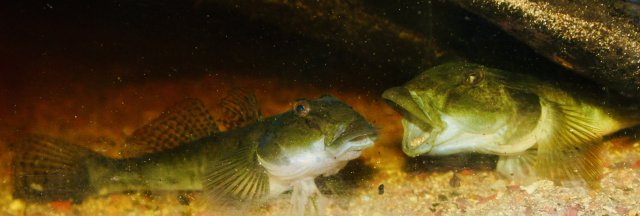
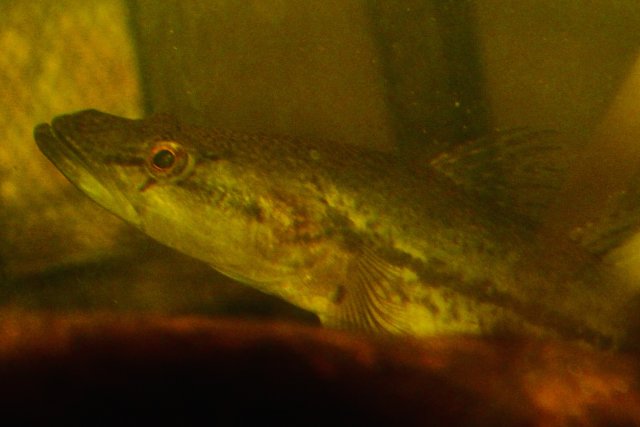
these two species, have been conhined together since July 2023, (in the 180 gal) where they were caught together in the Mamoni river. (later also caught together in the Cabre Bre, and Pacora rivers)
One other species (Darienheros calobrensus) was also caught in the same river, but prefers a more reophillic and different habitat.

Darienheros above.
Non-cichlids caught in the same rivers include


Mollies and Gar Characins above.
Toothless and toothed Characins below (the most densly species of all fish in the rivers)


And Chaetostoma Plecos below

And at least two species of gobies below
Awaous and Gobiomorus


Your experiment is interesting to me. Two points:
.
Most captive animals will adapt and in time become pets to some extent such that the environmental experience is incorporated into their social behavior. Not only with their master but with each other as well. Their interactions will become learned behaviors to some extent.
.
Also, a community aquarium of different types of fish, such as the Ctenolucius, is perhaps obvious, but is the community of Andinoacara, and Isthmoheros essentially just a community aquarium?
.
Hopefully the fish show some signs of behavior which is cooperative and indicates your hypothesis is true.
.
Most captive animals will adapt and in time become pets to some extent such that the environmental experience is incorporated into their social behavior. Not only with their master but with each other as well. Their interactions will become learned behaviors to some extent.
.
Also, a community aquarium of different types of fish, such as the Ctenolucius, is perhaps obvious, but is the community of Andinoacara, and Isthmoheros essentially just a community aquarium?
.
Hopefully the fish show some signs of behavior which is cooperative and indicates your hypothesis is true.
Will you be trying this in more of your aquariums? Also when and where do you plan on collecting next? I may or may not be extremely jealous of your life as you've probably guessed when we spoke before.
(As I've said before) I've done this with other small "colony" species (r. exsul, c. cutteri, a. nigrofasciata, a. septemfasciata, a. myrnae) and it does work pretty consistently, however they're sort of like tetras in that the minimum is 6, and you need to have extra females to each male. I currently have colonies consisting of 14 exsuls (admittedly wrong sex ratio but there's enough females without breeding males to make up for it), 6 myrnae, and 7 HRPs.Agree with esox. An exercise in futility. Can one make certain fish work under certain conditions? Of course, but when doing these little behavioural/territorial experiments there is never going to be any guarantees or concrete takeaways beyond this worked for me, for this long. Next persons tank with same species could go sideways on day 1.
Without extra potential females, males, upon having a failed spawn, will continue to harass the female they're stuck with, probably leading to her death, and throwing off the balance of the group because now either there's "enough" space in the population to start forming territories, or they start swapping mates because most of these species pair by size. 4 individuals with more females than males still works somewhat because of the lower aggression in females, and they quarrel/hold their own outside of breeding, but without a male to pair to/fight alongside the others can't defend themselves from the dominant pair once they spawn. I evidently no longer have my cutteri and septemfasciata, as these were failed or early attempts at this that I've learned from (dating back to 2021 mind you), but my HRP, exsul, and myrnae colonies are still going strong, with the only 4 casualties coming from the former as a result of ailments/1 injury (that mind you was not initially fatal, and only inflicted when I decreased the numbers of the colony).
With smaller species like that the only way to keep the territories down (even in subpar numbers) is having a crazy number of shoaling fish that are active fry eaters. I had a pair of the (non trade strain allegedly lake nicaragua) convicts in a tank with about 47 buenos aires tetras. Stark contrast in the behavior of having them with a few other or larger tanks mates, as with that you see them keeping their fry in a big cloud because they acknowledge that there isn't much to fend off-- whereas with the tetras (like you would see/I've seen in the wild) they keep their fry in a tight ball almost hugging whatever surface they're closest to and moving along it like a sheet.
Ron Coleman (top guy specializing in Costa Rican cichlids right now) said how these colonies aren't "true" colonies, as the species aren't actually social spawners that seek eachother out for protection when breeding. Bluegill colonies for example form for protection, as bluegill as a species have no specializations in feeding that double as defenses against nest raiders. Hence why they're the only sunfish species that makes hundred strong honeycomb colonies, as opposed to like 12 dotted around a small area. Other sunfish species like pumpkinseeds will often nest in these colonies as a sort of commensalism thing.
Most CA cichlid colonies on the other hand form because of shared interest in real estate. I don't know enough about Thorichthys colonies in the wild but I have heard that they will share parental roles with neighboring pairs in captivity. Most however (like Amatitlania, Cryptoheros, some Amphilophus, etc) don't go this far. They do have the whole spawning synchrony thing as this probably makes it easier to be like "oh tim and martha are starting a family here, must be a good school system in this town", and outside of breeding they do go around as shoals or congregate in smaller areas, but in the expanse of a river (or large stream) I wouldn't be surprised if they were perfectly fine as a pair. In the wild, as you probably know, being in groups is just more convenient, as when a species has a diet consisting of something relatively abundant, if someone finds food then everyone should probably come there to eat. More convenient to already be with the individual who found the food, and to be with that group when it's time to spawn (which as you know these things do frequently). In aquariums however it helps our best interest (of not wanting our fish to kill eachother) to take advantage of these social interactions and keep them in a way that is proven to correct the problems we deal with.
Of course, there are some species this doesn't work with, sometimes even intermingled within the genera of species that this does work with, as the giant nicoya convicts and sajica I have never observed successful colonies of, even when starting in large numbers. Wild observations of the former often find pairs alone. Even A. chancho, while filling the same niche as A. citrinellum (and almost being the same fish physically for that matter), is known to not exhibit spawning synchrony like citrinellum does. Only around half of the genus does for that matter. All just leads back to needing to research your fish to figure out it's needs.
Last edited:
I will only try this again, if I find species that actually live together in this manner in nature.Will you be trying this in more of your aquariums?
So far these two species are the only ones I've happened upon living in such close proximity.
I am also lucky in that my water parameters match (such as pH and and hardness) the river, and that my sump removes nitrate to undtectable levels that also match the river these two exist in.
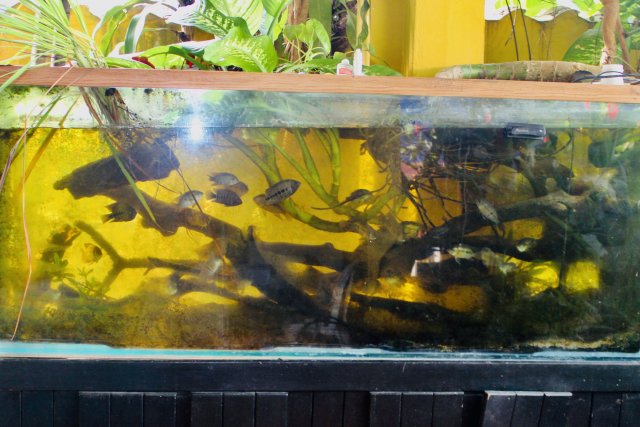
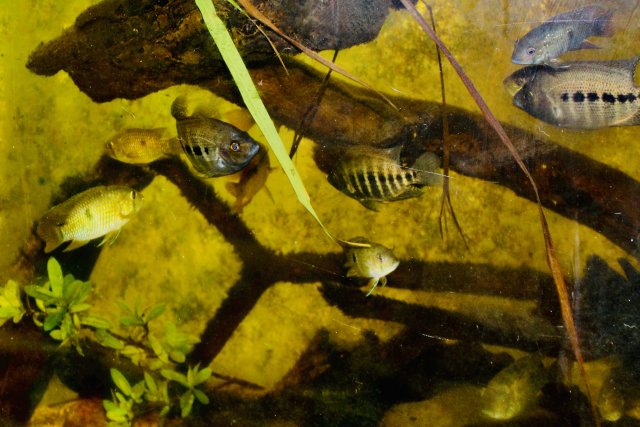
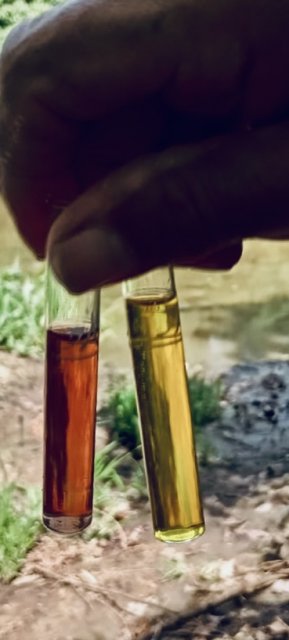

Same river they are found in above.
Tank parameters below

Very nice, After seeing how hard it was for you to have the aquarium brought over on the little boat I can understand the hesitance but hopefully once the season changes and you can get out collecting again you can setup a few more examples. On another note I really enjoy how "natural" your setups appear.


